
DISCLAIMER
Please note: The information contained in this section is restricted to medical and healthcare practitioners for general education and information purpose only

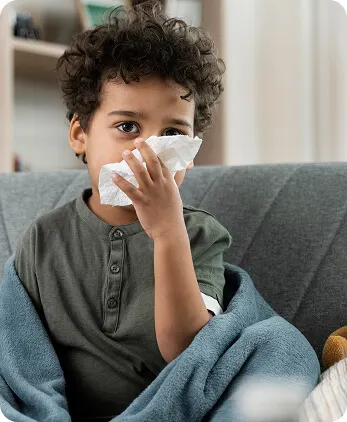
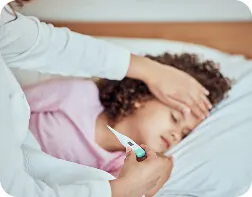
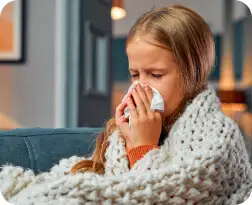
Fever is an acute condition, and needs proper care and suitable treatment. Moderate to high fever can make you uncomfortable and can be a sign of an underlying serious illness or disease.
Read More
Red Flags in Fever

Prostration unable to stand, sit, or walk without help.
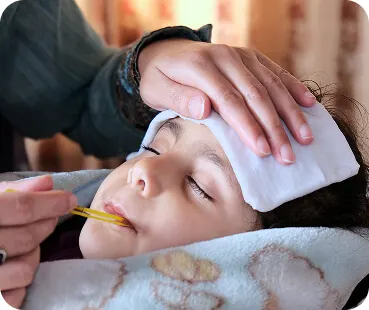
Temperature Hyperpyrexia (>106.7°F) or hypothermia (temperature <96.8°F) or rigors
Respiration Shortness of breath, respiratory rate >22 breaths/ minute, cyanosis, arterial oxygen saturation <92% on room air
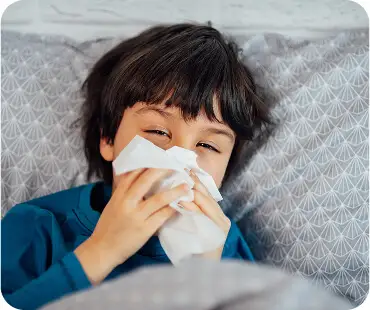
Circulation Blood pressure <100 mm Hg systolic, cold, clammy extremities, capillary refill>3 seconds.
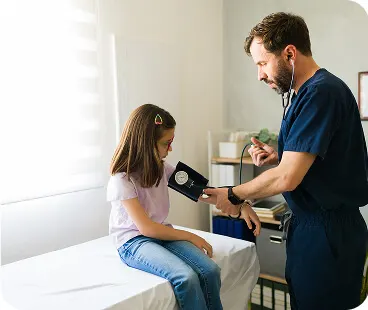
Viruses cause most fever incidences. A much smaller number are due to bacterial infections
Use a thermometer for fever measurement.
Consult the Doctor and administer the appropriate medications as prescribed.
Dress in lightweight clothes. Shivering may be a sign that your fever is rising. Do not put extra blankets or clothes on, as it may cause the fever to rise even higher.
A high fever needs immediate attention. Call the Doctor if body temperature is 102°F or higher.
No, teething does not cause fever. However, children who are teething may start to put things in their mouths to chew on which may lead to infection and fever.
In most cases, vaccination may cause fever. A fever with immunization is a sign indicating that the body is responding to the vaccine.
Children between six months and six year old may experience febrile fits or seizures if the fever is continuously high. It is characterized by losing consciousness and shaking or jerking arms and legs.
If the child has a febrile seizure, one should stay calm and:
A drop in body temperature below 97.7.0 °F is hypothermia. If there is prolonged exposure to cold, the temperature can further drop below which should be attended immediately.
Newborns, infants, and young children are more likely to develop hypothermia because they have a larger surface area than body weight; therefore, they can lose body heat faster than older children and adults
The common symptoms of hypothermia include shivering, pale, cold, and dry skin, skin and lips may become blue, slurred speech, slow breathing, tiredness, or confusion. A child with hypothermia may be:

